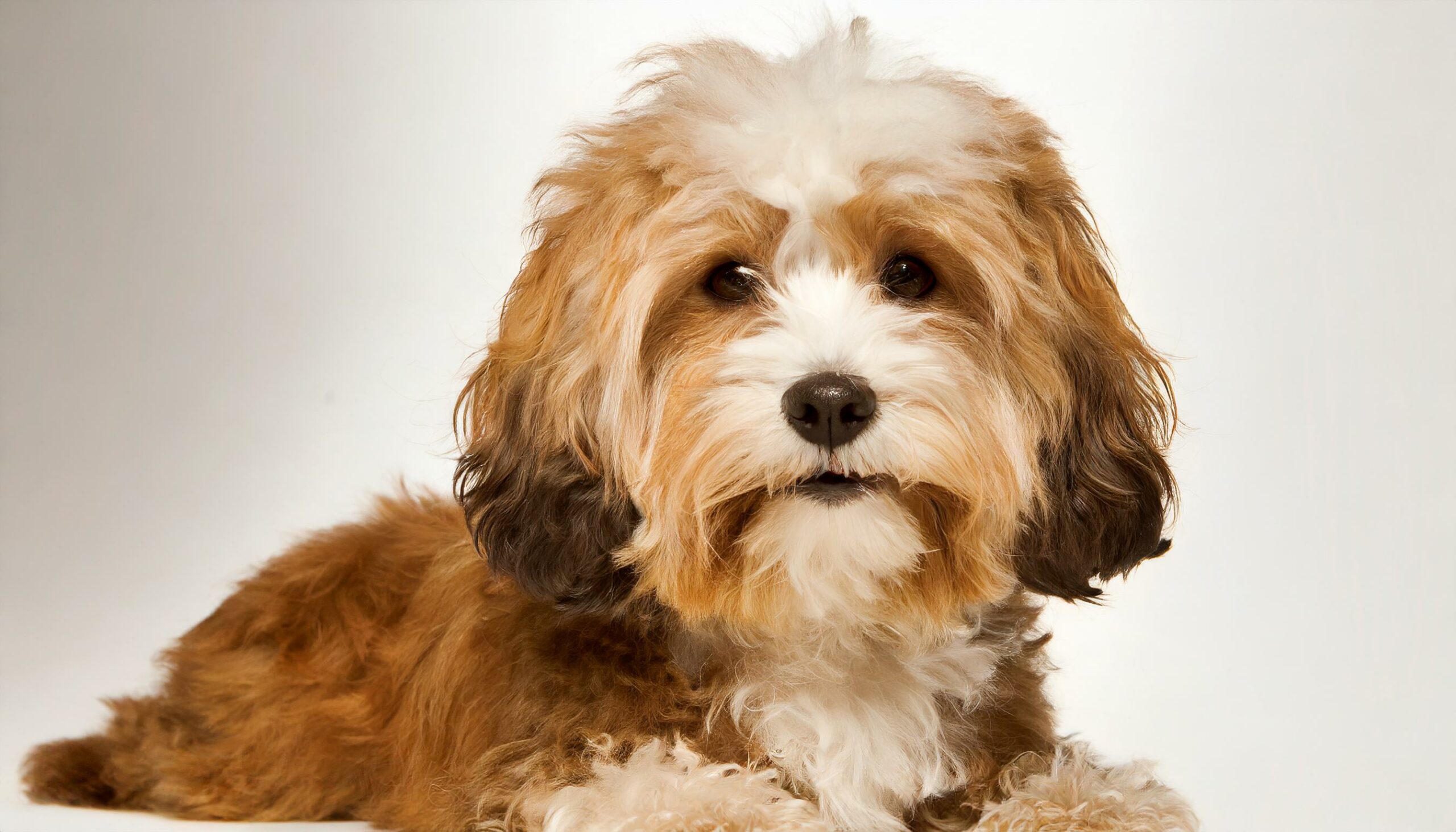The Havanese, with its expressive eyes, silky coat, and affectionate nature, is the national dog of Cuba and a beloved companion around the world. This small but sturdy breed is known for its cheerful disposition and its adaptability to various living situations, making it an ideal pet for families, singles, and seniors alike. The Havanese is a member of the Bichon family, which includes breeds like the Bichon Frise and the Maltese, and shares with them a history of being cherished lapdogs of the aristocracy.
Origins and History
The Havanese’s roots can be traced back to the Mediterranean region, from where its ancestors were brought to Cuba by Spanish settlers in the early 16th century. In Cuba, the breed was refined and developed into the Havanese we know today, becoming a favorite among Cuban high society. The breed nearly vanished after the Cuban Revolution, but thanks to the efforts of a few dedicated breeders, it was preserved and has since gained popularity worldwide. The American Kennel Club (AKC) recognized the Havanese in 1996, acknowledging its unique heritage and appeal.
Physical Characteristics
The Havanese is a small dog, typically weighing between 7 to 13 pounds and standing about 8.5 to 11.5 inches tall at the shoulder. Its most distinctive feature is its beautiful, flowing coat, which can be a variety of colors and patterns, including black, silver, white, cream, tan, and gold. The coat is double-layered, with a soft undercoat and a silkier outer coat that can be wavy or curly. The breed is known for its slightly springy gait, which adds to its charming appearance.
Temperament and Personality
Havanese dogs are known for their outgoing and friendly nature. They are highly sociable and enjoy the company of people and other animals, making them excellent family pets. The Havanese is also intelligent and trainable, capable of excelling in obedience and agility sports. Despite their small size, they are alert and make good watchdogs. Their adaptability and cheerful disposition make them well-suited to both city and country living.
Health and Care
The Havanese is generally a healthy breed with a lifespan of 14 to 16 years. Like all breeds, they can be prone to certain health issues, including hip dysplasia, patellar luxation, and heart problems. Regular veterinary care and a healthy diet are important for maintaining their health. Their luxurious coat requires regular grooming to prevent matting and tangling; daily brushing and occasional professional grooming are recommended. Despite their energetic nature, their exercise needs are moderate and can be met with daily walks and playtime.
Ideal Home Environment
The Havanese is adaptable to a wide range of home environments and lifestyles. They thrive on human companionship and do best in homes where they can be an integral part of family activities. Their small size and moderate exercise needs make them suitable for apartment living, though they also enjoy having a yard to explore. Early socialization and training are important to ensure they grow into well-mannered adults. The Havanese’s friendly and affectionate nature makes it an ideal companion for children, seniors, and everyone in between.
Conclusion
The Havanese is a breed that exudes joy and companionship. With its beautiful coat, loving temperament, and adaptable nature, it is no wonder that this breed has charmed its way into the hearts of dog lovers worldwide. Whether as a family pet, a companion for seniors, or a participant in dog sports, the Havanese excels in bringing happiness and warmth to its human companions. For those seeking a small breed with a big heart, the Havanese is a delightful choice that promises years of companionship and love.
